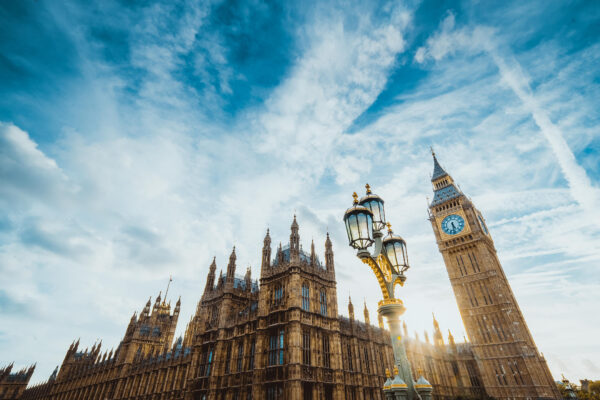

The proposed updating of the Gender Recognition Act (GRA) 2004, the subject of much attention in 2018 when the government released its consultation document, may now be in doubt in spite of support for changes to make it easier for transgender people to change their legal gender by self-identifying as their chosen gender.
The GRA is a prescriptive, and some critics would say, overly bureaucratic and medicalised piece of legislation. It allows a person who identifies as transgender to change their legal gender so that they will be issued with a new birth certificate which reflects their true gender identity.
It is fair to reflect at the outset that a trans person does not need to go through this process. There is nothing to prevent a person changing their gender markers, their pronouns and their formal gender in all the administrative parts of their life such as HMRC or the passport agency. But if a trans person wishes to have a new birth certificate, going through the GRA procedure to obtain a Gender Recognition Certificate is the only way. The outcome of the process is that a new birth certificate is issued under the preferred identity and the old one is effectively locked away from public consideration.
The process by which a Gender Recognition Certificate is obtained is relatively straightforward; there are three routes but the standard route is set out below.
An application is made with a fee paid. The applicant must satisfy the Gender Recognition Panel that the legal criteria are met, as follows:
- The applicant is aged over 18 years
- They live in England, Wales, Northern Ireland or Scotland most of the time
- They have been diagnosed with gender dysphoria and can produce medical evidence from two sources, usually from their treating psychiatrist and GP, in support of the diagnosis
- They have lived in their acquired gender for at least two years, evidenced by producing the general admin of life – eg bills, passport etc
- They intend to live in their acquired gender for the rest of their life.
There is a further alternative route which is similar; the applicant must have been living in their acquired gender for the previous six years and this route can be used if the applicant is married or has a civil partner.
The recommendations are expected this year before the parliamentary summer recess, as are the recommendations in Scotland. Ireland has already opted for self-identification as the way forward.
A recent newspaper article (Sunday Times 14.06.2000) reports that the government intends to abandon any concept of self–identification and seems likely to continue with the current medicalised route. The report also suggests that there will be a ban on ‘gay cure’ therapies which can only be welcomed. Controversially, it also reports that new protections will be offered to safeguard female only spaces, affirming what is already contained in the Equalities Act. If accurate then the response will very much affirm the status quo rather than taking the opportunity for radical, forward thinking and much needed change.










